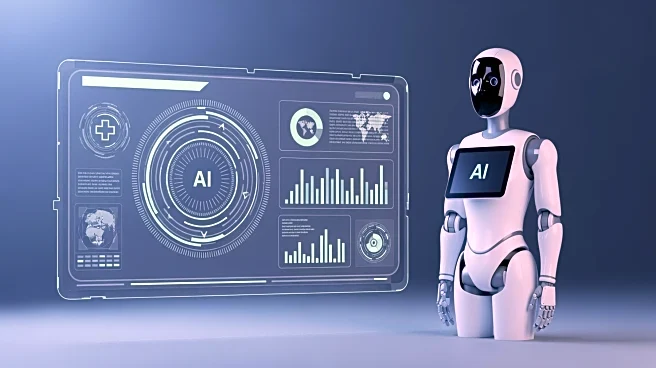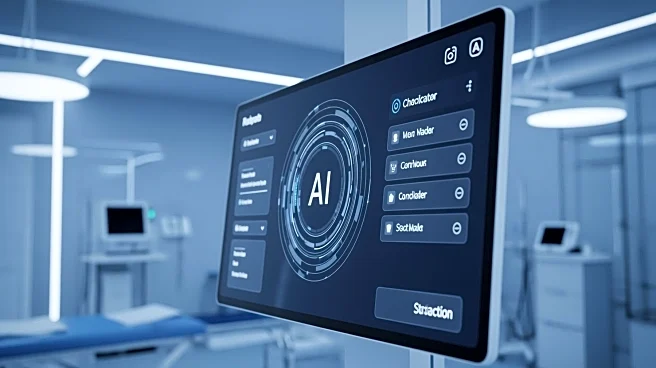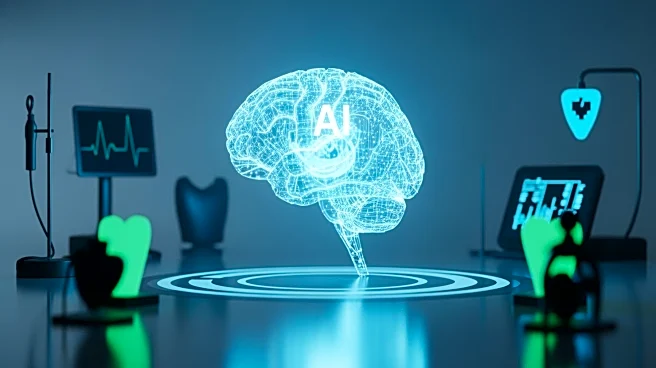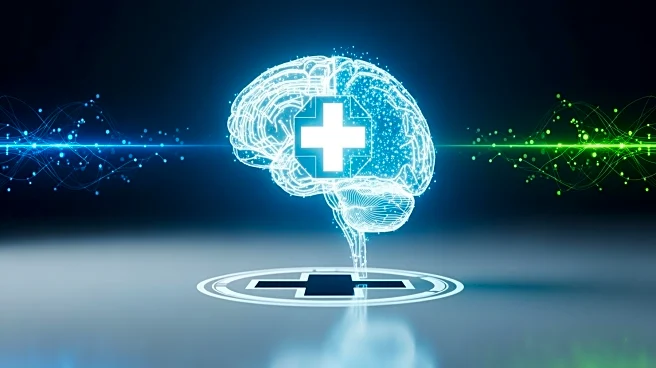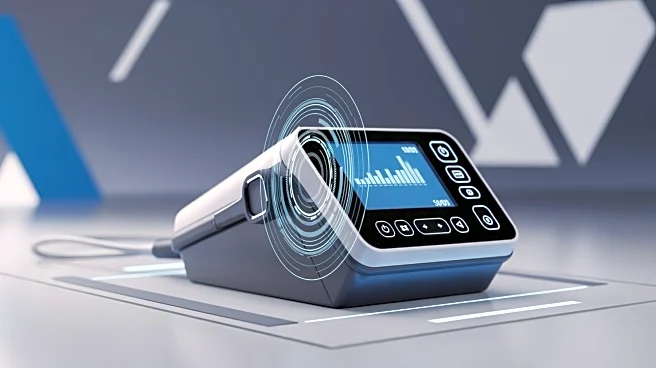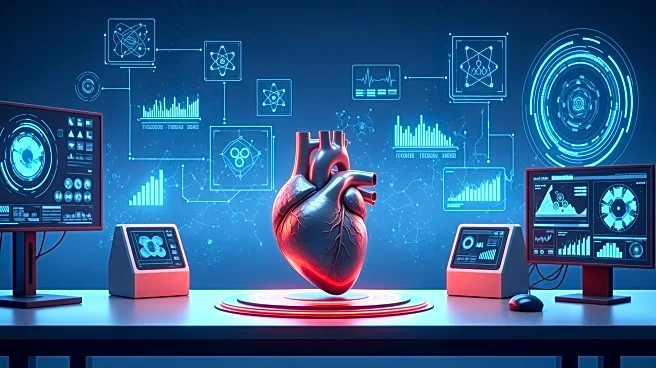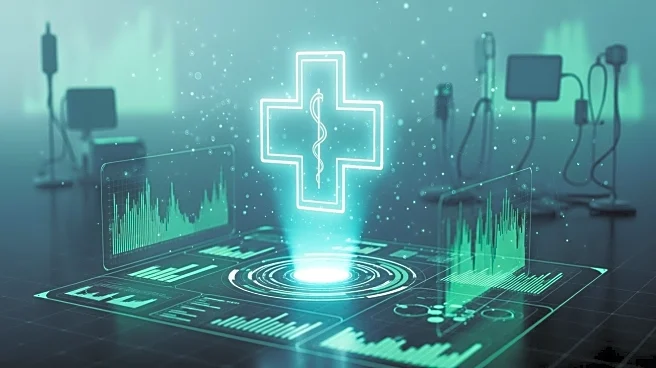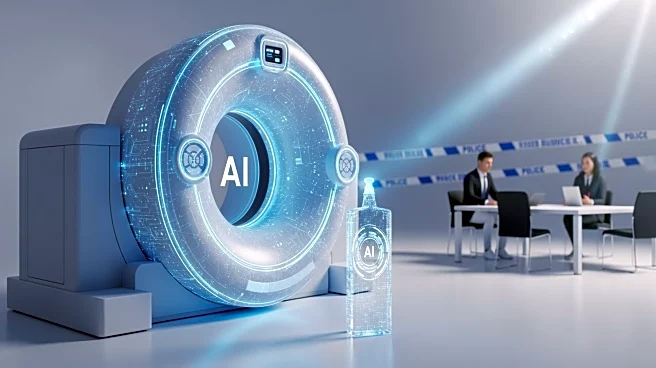What's Happening?
Relias has released its 2025 Technology in Healthcare Report, revealing significant challenges in the adoption of new technologies within the healthcare sector. The report, based on a survey of 2,052 healthcare professionals
across the United States, indicates that while 44% of respondents see artificial intelligence (AI) as a potential tool for improving operational efficiency, more than half are not familiar with AI-enabled tools. The report identifies workforce shortages, compliance pressures, and readiness gaps as major barriers to technology adoption. Staffing issues are highlighted as the top challenge, with two-thirds of healthcare professionals citing recruitment difficulties. Additionally, compliance risks and the need for effective training are pressing concerns, with only 15% of organizations feeling 'very ready' to adopt new technology.
Why It's Important?
The slow adoption of technology in healthcare has significant implications for the industry, particularly in terms of operational efficiency and patient care quality. As workforce shortages continue to strain healthcare systems, the integration of AI and other technologies could alleviate some of these pressures by enhancing care delivery and reducing administrative burdens. However, the lack of readiness and familiarity with these tools poses a challenge. Organizations that fail to adapt may struggle to meet compliance standards and improve patient outcomes. Conversely, those that successfully integrate technology could gain a competitive edge, improving both efficiency and patient satisfaction.
What's Next?
To address these challenges, healthcare organizations may need to invest in targeted training programs and develop clear strategies for technology integration. This includes defining the role of AI in clinical settings and ensuring that both leadership and frontline staff are aligned in their understanding and use of new tools. As the industry moves forward, there may be increased pressure on healthcare providers to demonstrate the effectiveness of technology in improving care and operational efficiency.


